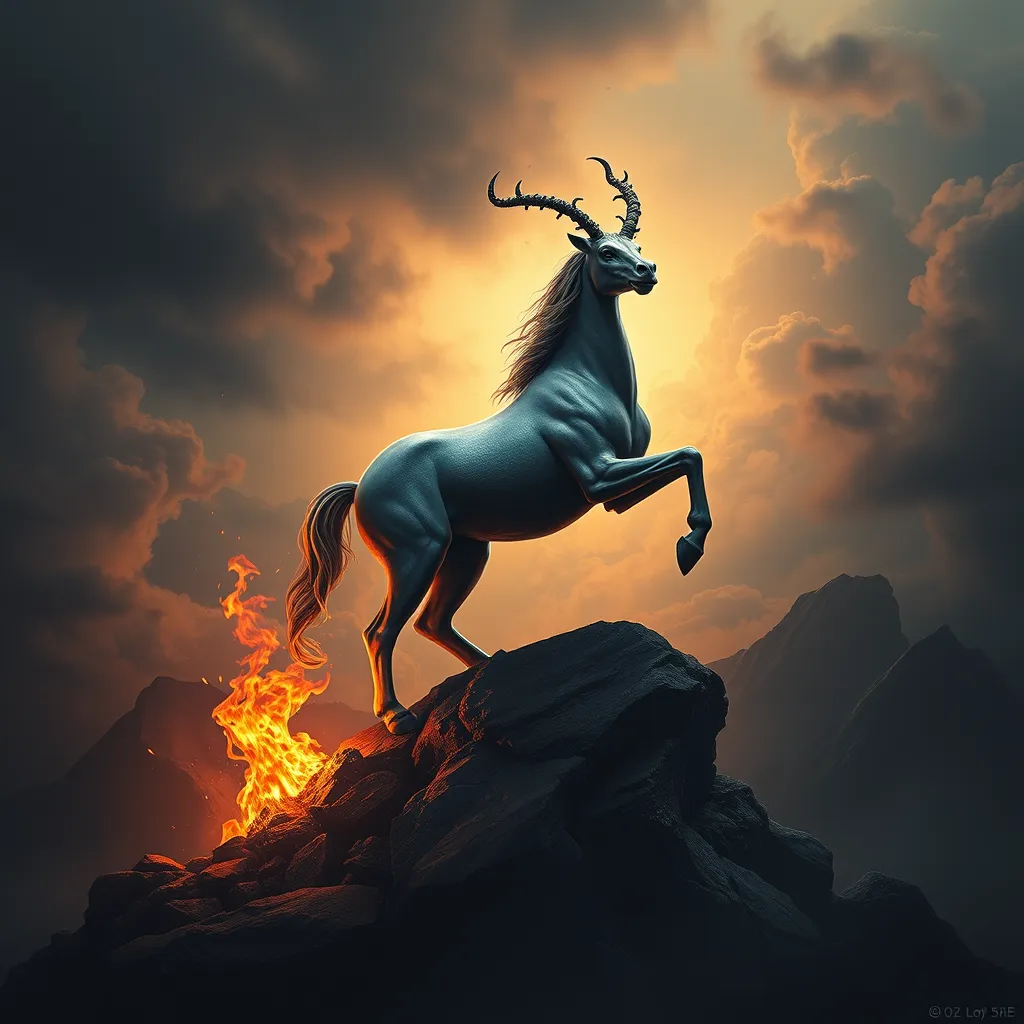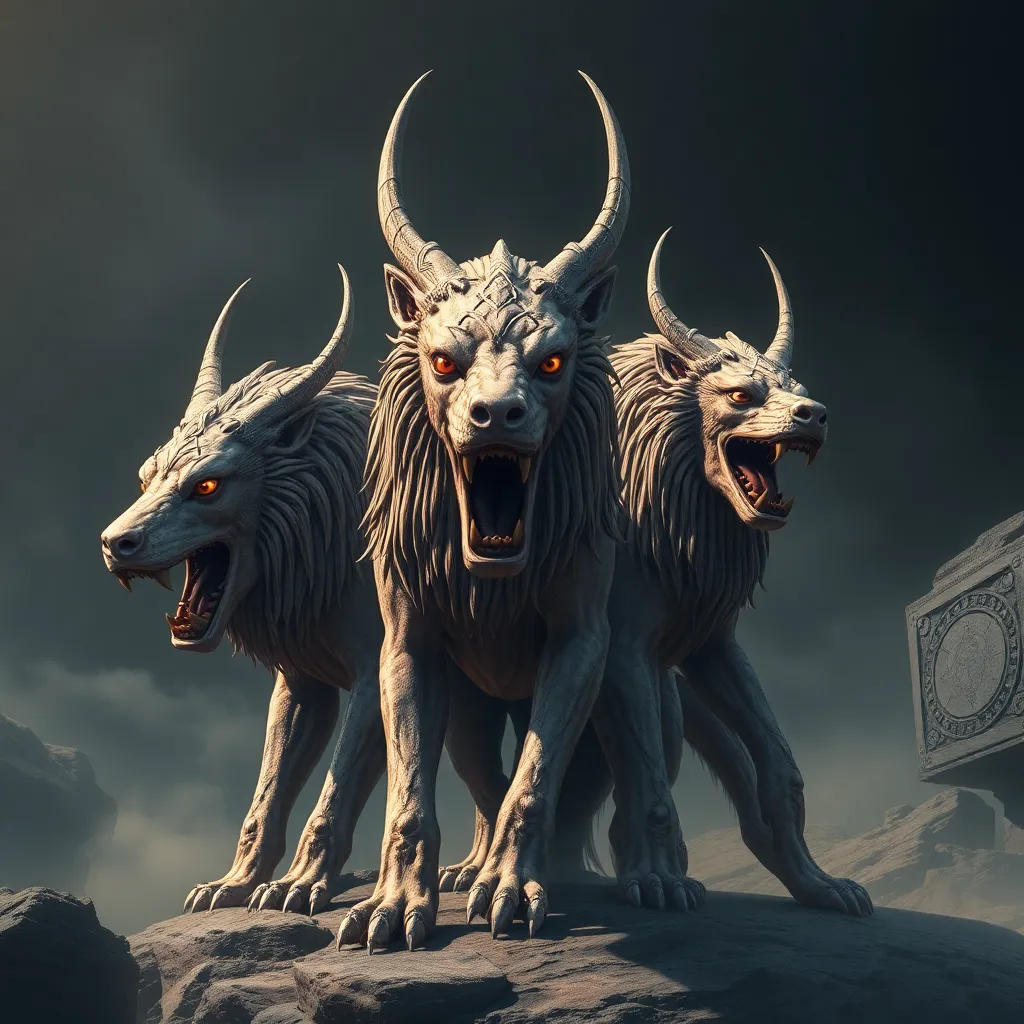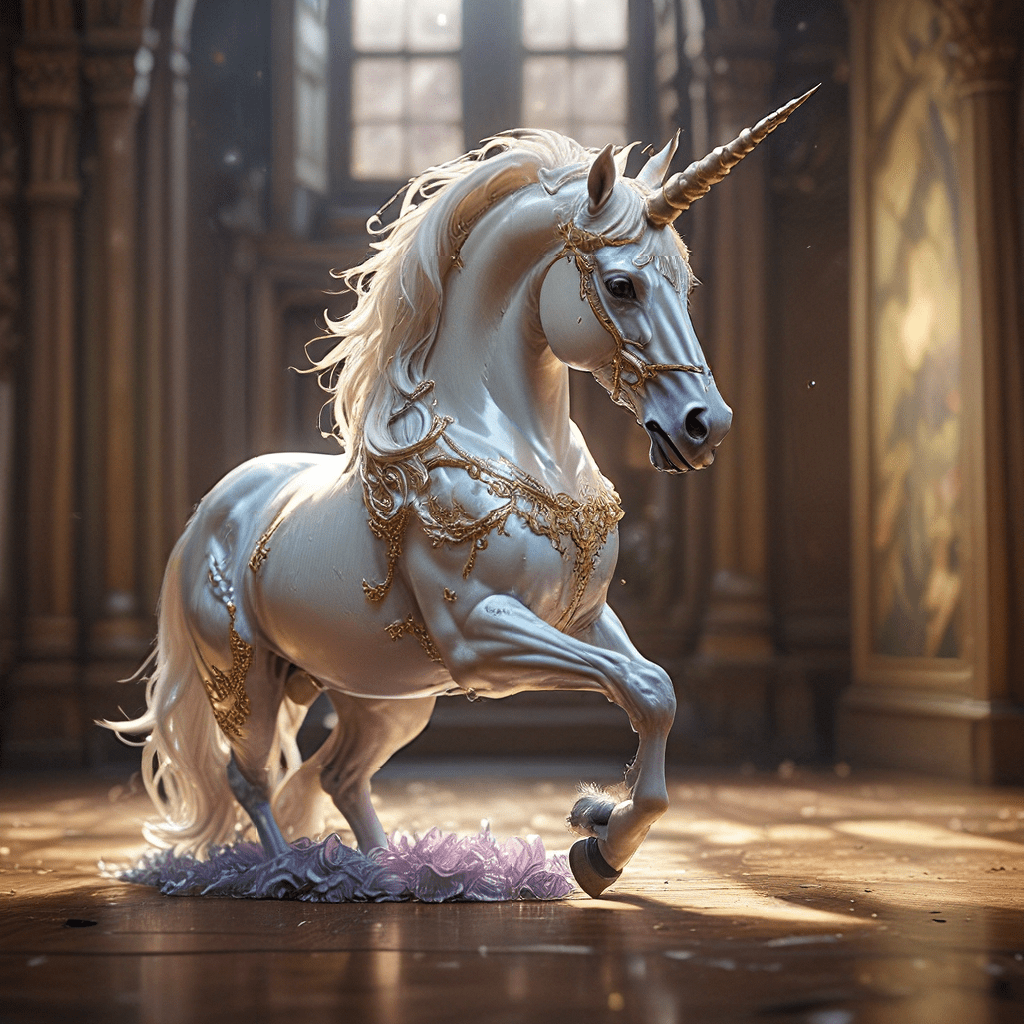The Gremlin’s Gender: Examining the Representation of Male and Female Gremlins
I. Introduction
Gremlins have become an iconic fixture in popular culture, often representing chaos and mischief. Originating from folklore, these mythical creatures have been reimagined in various forms across film, literature, and even video games. As the portrayal of gremlins has evolved, it has sparked discussions regarding gender representation and its implications in media.
The importance of gender representation in media cannot be overstated; it shapes societal perceptions and influences cultural norms. This article aims to explore the representation of male and female gremlins, examining their characteristics, roles, and the broader implications of these portrayals in contemporary media.
II. Historical Context of Gremlin Representation
The origins of gremlins can be traced back to military folklore during World War I, where they were described as mischievous creatures responsible for mechanical failures. As they entered the mainstream consciousness, gremlins began to evolve in imagery and characterization.
In early media, gremlins were depicted primarily as male, aligning with traditional notions of chaos and destruction often attributed to masculinity. Over time, with the rise of feminist movements, the portrayal of female gremlins started to emerge, albeit in limited capacities.
Gender dynamics in gremlin portrayals have since evolved, reflecting changing societal attitudes towards gender roles. As representation became more nuanced, so did the characteristics attributed to gremlins of different genders.
III. Male Gremlins: Stereotypes and Characteristics
Male gremlins are often characterized by a variety of traits that align with traditional male stereotypes. Common characteristics include:
- Mischievousness
- Aggression
- Destructive behavior
- Playfulness
In films like “Gremlins” (1984), male gremlins are depicted as troublemakers, wreaking havoc and chaos. Their portrayal often leans into slapstick humor, emphasizing their wild antics and disregard for social norms.
The cultural implications of male gremlin representation are significant. They often reinforce stereotypes of masculinity as chaotic and uncontrollable, which can shape audience expectations about male behavior in the real world.
IV. Female Gremlins: Visibility and Roles
The representation of female gremlins in various media has been sparse, yet it offers a fascinating contrast to their male counterparts. Female gremlins are often portrayed with a mix of traits that can range from mischievous to seductive. In films like “Gremlins 2: The New Batch” (1990), female gremlins such as Greta are depicted with more complexity than their male counterparts.
Key differences between male and female gremlin characteristics include:
- Female gremlins often exhibit more emotional depth.
- They may be portrayed as caretakers or as objects of desire.
- Female gremlins sometimes embody traits of empowerment, challenging traditional gender roles.
However, this portrayal can also lead to objectification, as seen in some adaptations where female gremlins are sexualized rather than fully developed characters. This duality raises important discussions about female empowerment versus objectification in media portrayals.
V. The Impact of Gender Representation on Audience Perception
Gender stereotypes can significantly influence audience expectations and reactions. Audiences may approach male gremlins with a sense of anticipation for chaos, while female gremlins may evoke different expectations based on their portrayal.
Case studies have shown varying audience reactions to male versus female gremlins:
- Male gremlins often elicit laughter and chaos, reinforcing the idea that male characters can be unruly.
- Female gremlins may provoke mixed reactions, with some viewers embracing their empowerment and others critiquing any sexualization.
The role of humor and horror in shaping perceptions of these characters cannot be overlooked. Male gremlins tend to dominate the comedic aspects, while female gremlins sometimes straddle the line between empowerment and objectification, influencing how audiences interpret their roles.
VI. Gender Fluidity and Non-Binary Representations
In contemporary media, there has been a growing exploration of non-binary representations, including in the portrayal of gremlins. This shift allows for a more inclusive understanding of gender beyond the binary male and female categories.
The potential for gender fluidity in gremlin character design opens doors for:
- Characters that challenge traditional gender norms
- Greater representation of diverse gender identities
- Inclusive storytelling that resonates with a wider audience
This exploration reflects broader discussions on gender in media, emphasizing the importance of diverse and nuanced representations that reflect the complexity of human identities.
VII. Critiques and Discussions on Gender Representation
Feminist critiques of gremlin portrayals often highlight the narrow definitions of gender roles and the lack of depth in female representations. While some female gremlins have been portrayed with agency, many still fall into stereotypical roles that limit their character development.
Moreover, the lack of diversity in gremlin representation raises questions about inclusivity in media. As creators strive for more authentic portrayals, there is a significant opportunity for growth and change in how gremlins are depicted.
VIII. Conclusion
In summary, the representation of male and female gremlins offers a lens through which we can examine broader issues of gender in media. Male gremlins often embody chaos and mischief, while female gremlins navigate a complex landscape of empowerment and objectification.
Reflecting on the importance of diverse gender representations, it is evident that creators have the power to shape narratives that challenge stereotypes and promote inclusivity. As we move forward, there is a call to action for creators to consider gender thoughtfully in character development, ensuring that all representations contribute to a richer and more diverse media landscape.



